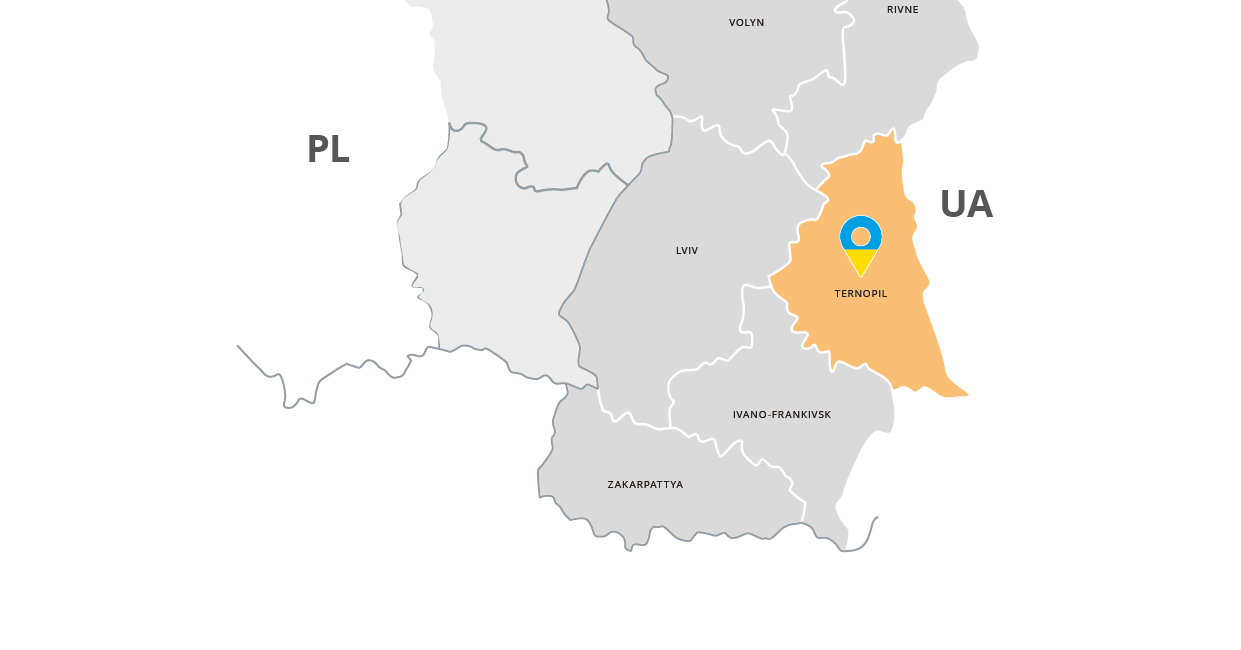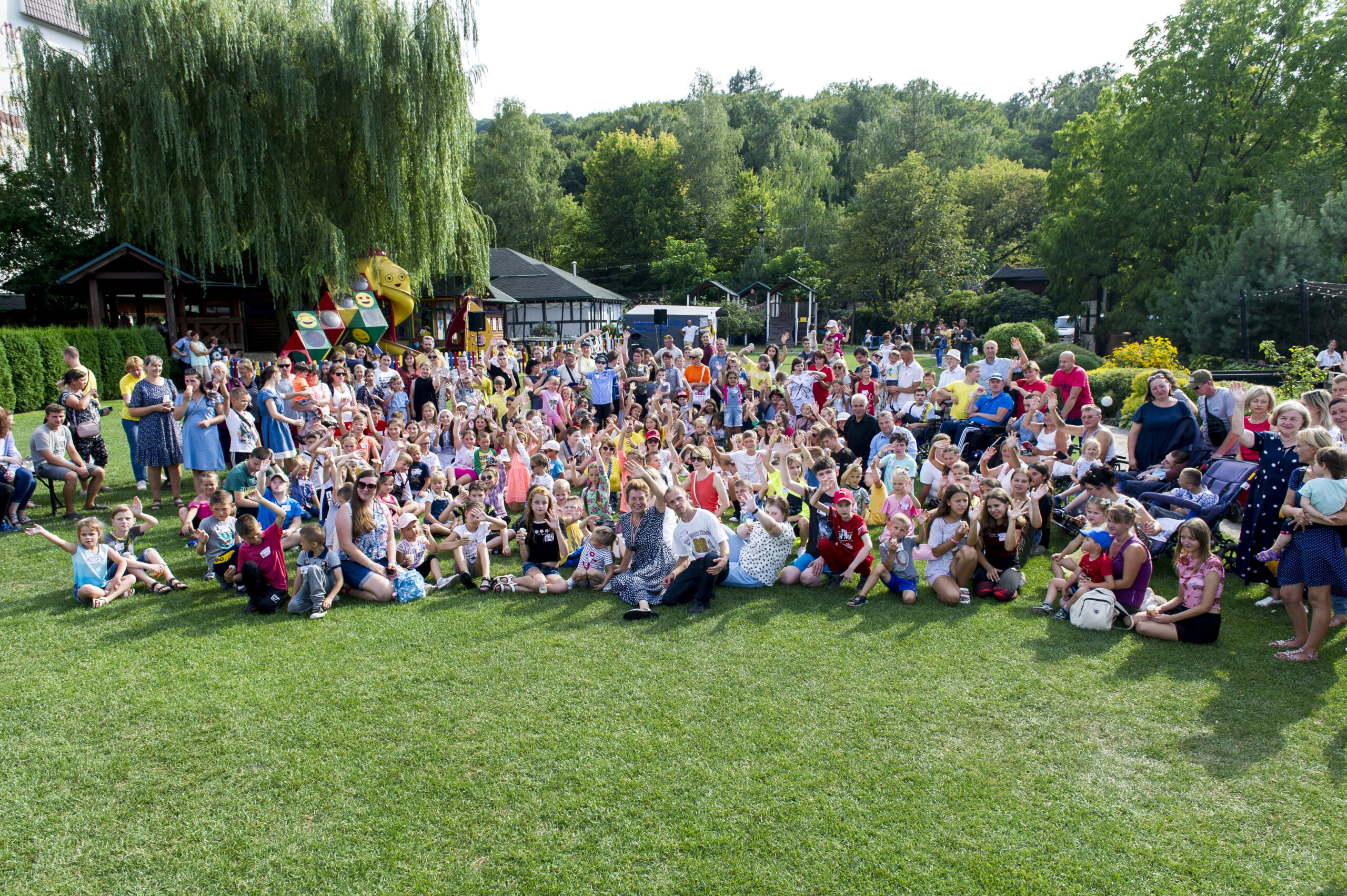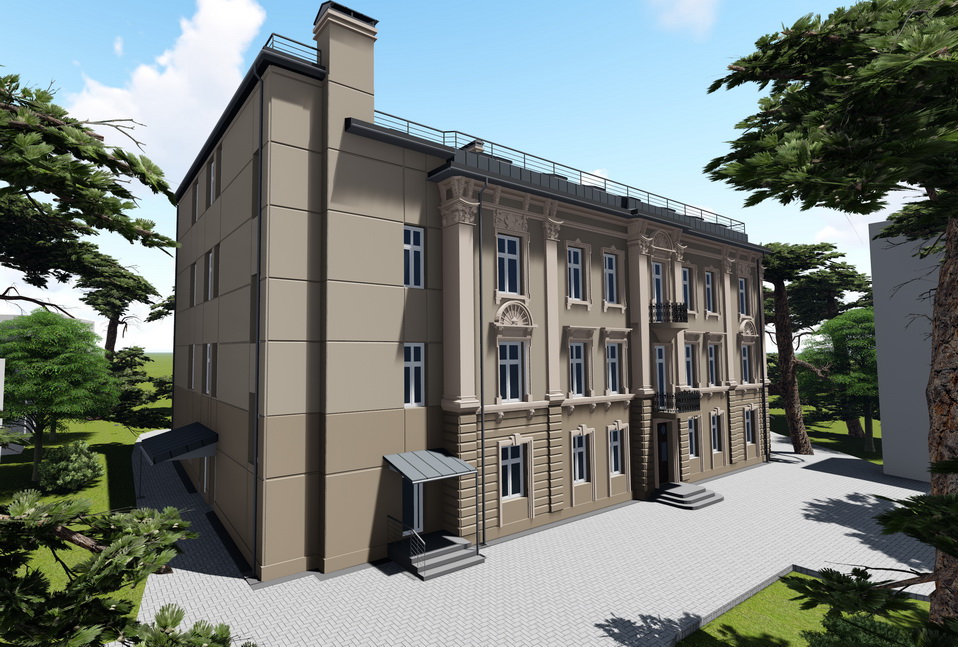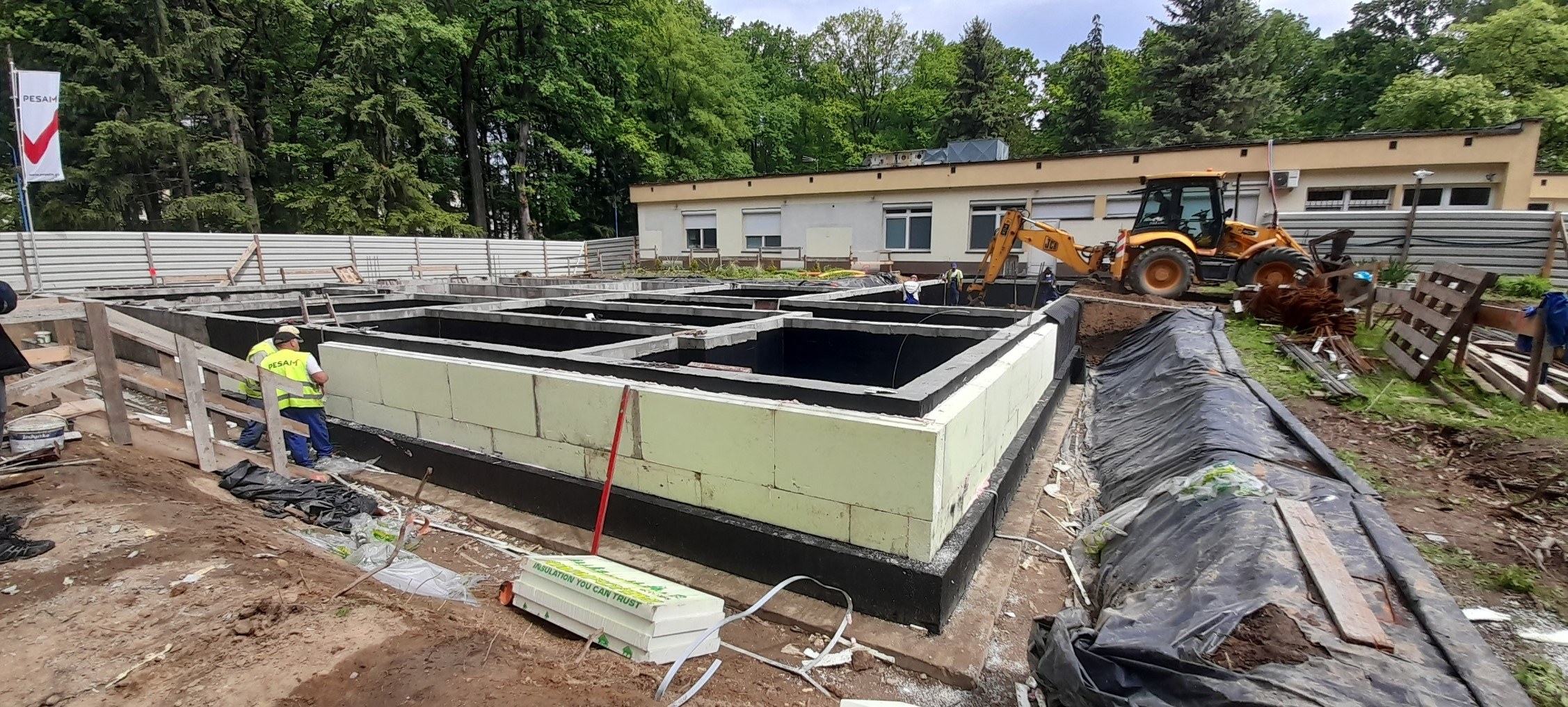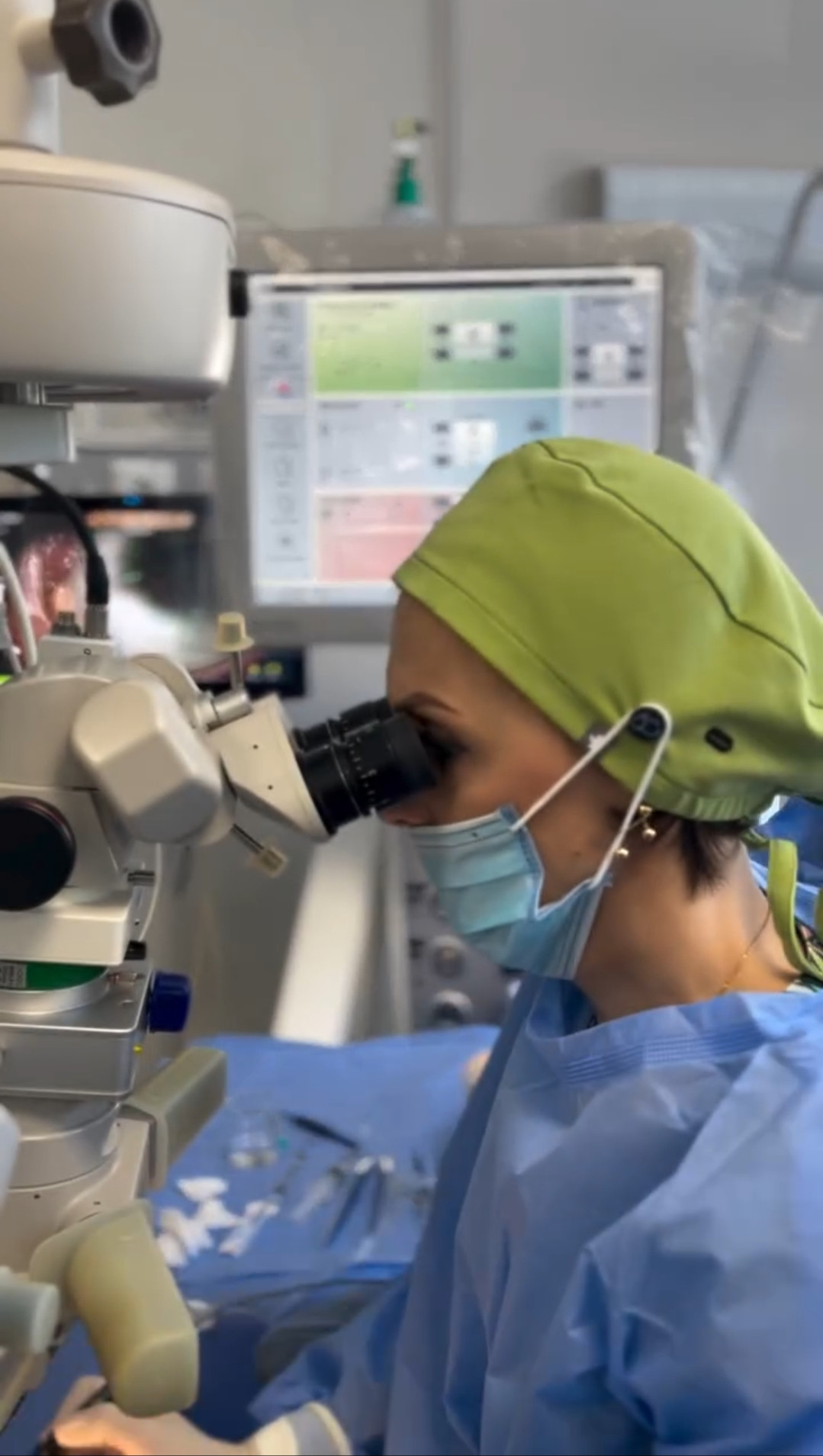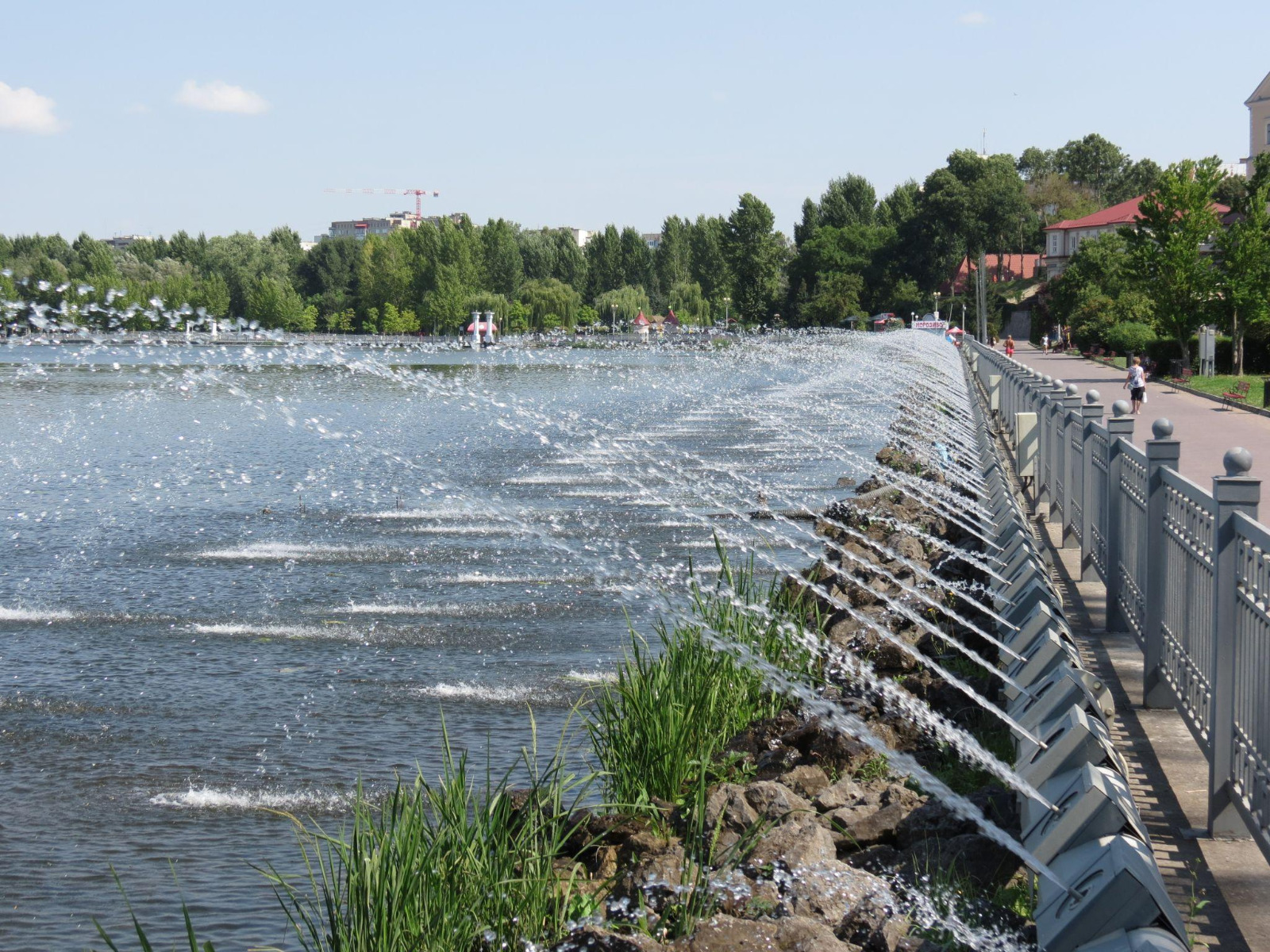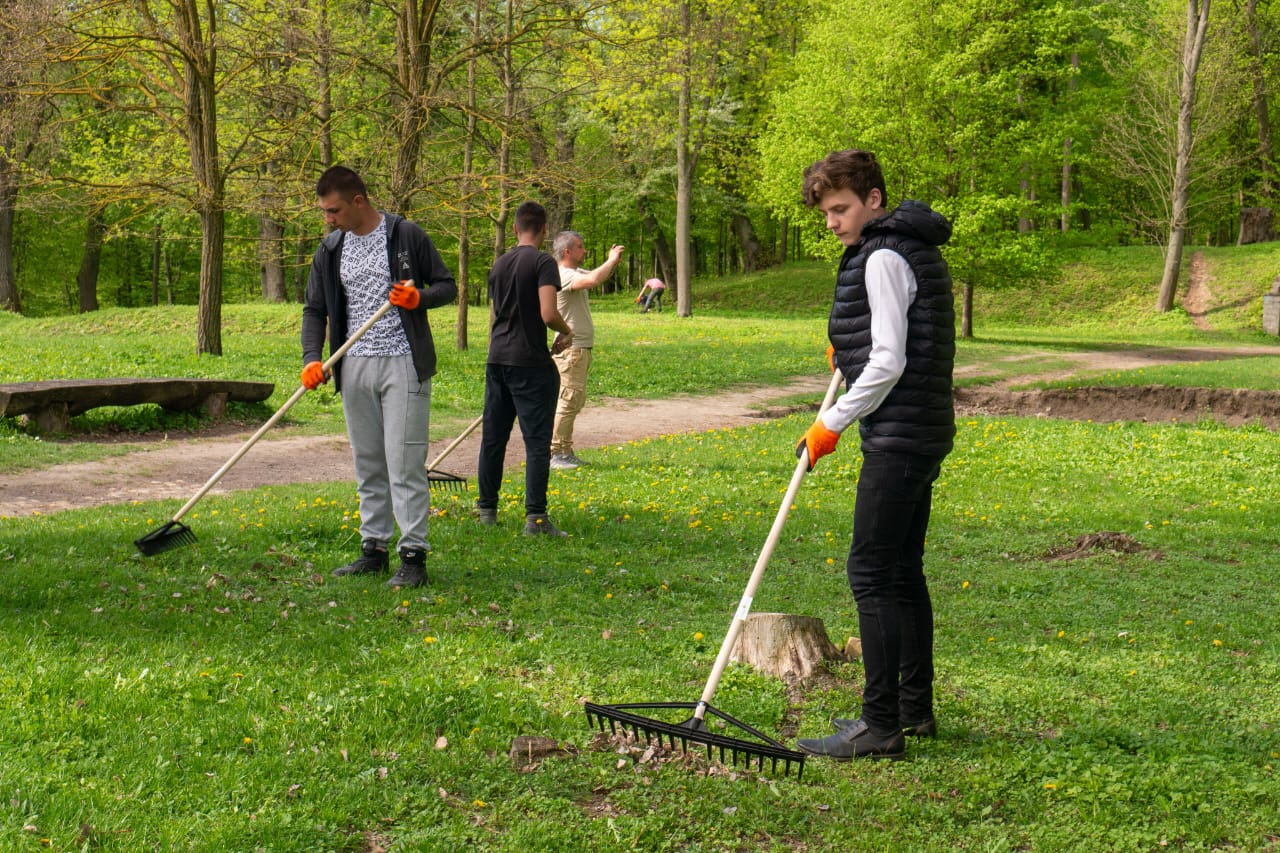Do you already know all the regions covered by the Interreg NEXT Programme Poland – Ukraine 2021-2027? If not, we invite you to our series of short articles – today we take you to the unique Ternopil Oblast.
The Ternopil region evokes images of idyllic tranquillity, picturesque landscapes with historic castles and estates. However, the Ternopil Oblast is also a rapidly developing region, a cradle of creative ideas and discoveries, and the homeland of outstanding people – courageous innovators in their fields – Juliusz Słowacki, Ivan Puluj, Ivan Trush, Yakov Gnizdovsky, Solomiya Krushelnytska and many others.
Located in the Podolian Highlands, the Ternopil Oblast is bordered by the Dniester River (in the south) and the Zbruch River (in the east). Its territory covers three ethnographic regions – Galicia, Volhynia and Western Podolia.

This land has many surprises in store: the world’s longest karst cave, the Optimistic Cave, the Kremenets Mountains, and one of the ‘Seven Wonders of Nature of Ukraine’ – the Dniester Canyon. With 34 castles, the Ternopil Oblast ranks first in Ukraine in terms of the number of castles. The region is also known for its historic sanctuaries and pilgrimage sites in Pochaiv and Zarvanytsia. There are many interesting places for lovers of ancient history, for example, the Verteba Cave – Museum of Trypillian Culture, or, in nearby Husiatyn, the famous statue of Zbruch Idol, which is an important monument of Slavic culture.

The most recognisable element of the region’s intangible culture is Borshchiv embroidery, which has preserved a complex system of symbols and techniques since ancient times. Other crafts for which the Ternopil region is famous include pottery, blacksmithing, beadwork, Easter egg decoration, weaving from plant materials, and weaving. Anyone who visits this hospitable region will be pleasantly surprised by its rich and varied cuisine. Kremenets dumplings with buckwheat have been included in the list of Ukraine’s intangible heritage.

The region’s economy is based on agriculture, food and light industry, with the IT and logistics sectors growing in importance. The Ternopil Oblast is one of the leaders of digital transformation in Ukraine, with the percentage of companies introducing innovations constantly growing.

The region still hides many undiscovered tourist attractions, which is why every trip here leaves an unforgettable impression. Cooperation with the region and the implementation of joint projects in various fields open up significant prospects for the future.
PROJECTS
With each passing year, the Ternopil Oblast is taking bolder steps into the world of projects implemented with the support of European Union funds. In the 2014–2020 period, three projects were implemented in the Ternopil Oblast, co-financed for a total amount of 32 000 EUR. As part of the ВЕС project, a rehabilitation and education centre for people with disabilities was established in Kremenets. The EACH project aimed to bring neighbouring countries closer together culturally through cooperation between libraries in Suwałki and Ternopil. The result of the MuzA project was the recording of traditional Polish and Ukrainian songs in a modern interpretation.
PBU PROJECTS

* the budget and co-financing relate only to partners from the Ternopil Oblast
Currently, 11 projects will be implemented in the PL-UA Programme in the region in the priorities of ENVIRONMENT, HEALTH and ACCESSIBILITY, which will receive a total of 11 MEUR in EU funding. The Ternopil Regional Development Agency will be the operator of the Small Projects Fund (SPF) in the ENVIRONMENT priority, with a total budget of over 4 MEUR for the implementation of small projects in the area of the circular economy.
PL-UA PROJECTS

All projects respond to important challenges and needs of residents. Two projects in the field of health will help create new medical services and improve the quality of existing ones. As part of the CareLikeHome project, a palliative care ward will be established at the Ternopil Regional Clinical Oncology Dispensary and the radiology ward will be modernised. The GoldenEye project will enable a regional hospital to be equipped with modern ophthalmic equipment for the effective diagnosis and treatment of eye diseases.
Three projects of the State Emergency Service of Ukraine – UP2FireSafety, C–bFireProtection and SafetySolutions – will increase the safety of residents. Thanks to them, the region will receive four specialised vehicles: for operational groups, for chemical and radiological operations and for firefighting, and rescuers will take part in specialised training courses and workshops. In addition, the UP2FireSafety project will establish a joint Monitoring and Elimination of Forest Fires System for the Carpathians (based on GIS).
In order to provide the region’s inhabitants with a cleaner environment and better quality drinking water, water supply and sewage disposal systems will be modernised in Ternopil (WATER project), Zalishchyky (PACT) and Terebovlia (WaterProtect). The CleanUP project will use biotechnology to restore the Ternopil Pond, which is the city’s landmark. The EcoParks project focuses on biodiversity conservation. As part of this project, the National Reserve “Castles of Ternopil” will revitalise the historic palace park in Vyshnivets. The activities will include the renovation of small architectural elements, the restoration of alleys and the construction of a water and sewage network, as well as a series of events involving young people.
A large infrastructure project will also be implemented in the region under the ACCESSIBILITY priority, involving the renovation of the bridge in Terebovlia on the M-19 national road. More than 3 MEUR will be allocated to this activity.
All these projects are valuable for the Ternopil region as they are in line with its long-term development goals, contribute to increased competitiveness, and ensure social stability and ecological balance.
To get to know this unique region even better, we invite you to a conversation with Pavlo Zhurba, Deputy Head of the Ternopil Oblast State Administration.

How do you assess the participation of the Ternopil Oblast in the PL-UA Programme, particularly in the 2021–2027 perspective?
How do the projects currently being implemented contribute to the development of the region’s potential and how do they fit into the strategic directions of development?
In your opinion, in which areas is Polish-Ukrainian cooperation particularly important and has the greatest prospects? Is it already possible to assess where it will be easiest for partners from both countries to find common ground for joint projects?
Follow our Programme website – we will publish the next articles of the series “Get to know the PL-UA Programme regions”
You can find previous articles under the following links:
Get to know the PL-UA Programme regions – Zakarpattya Oblast
Get to know the PL-UA Programme regions – Podlaskie Voivodeship
Get to know the PL-UA Programme regions – Ivano-Frankivsk Oblast
Get to know the PL-UA Programme regions – Mazowieckie Voivodeship
